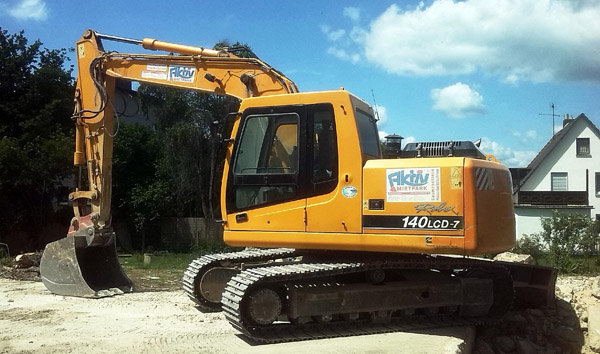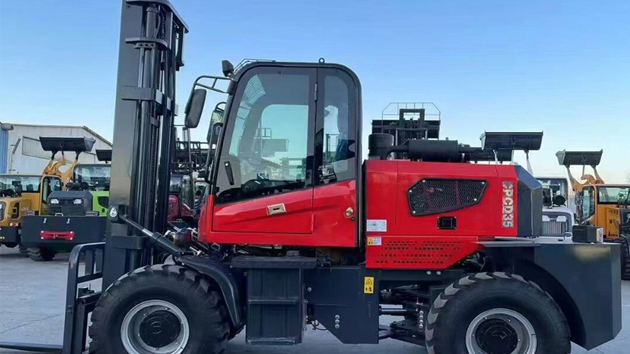The Future of Rough Terrain Forklifts in Modern Construction Sites
2025-07-08 04:30:31
The construction industry continues to evolve, with Rough Terrain Forklifts playing a pivotal role in material handling across challenging job sites. Unlike standard forklifts, these machines are designed to navigate uneven surfaces, steep inclines, and unstable ground conditions. Recent industry data indicates that the global market for rough terrain forklifts is projected to grow at a CAGR of 6.2% by 2030, driven by increasing infrastructure development and urbanization.
One of the key advantages of rough terrain forklifts is their ability to handle heavy loads in environments where traditional forklifts would struggle. Equipped with large, rugged tires and powerful engines, these machines can lift up to 15,000 pounds, making them indispensable for transporting steel beams, concrete blocks, and other bulky materials. A 2023 study by the Construction Equipment Association found that sites using rough terrain forklifts reported a 22% reduction in material handling time compared to those relying on manual labor or less specialized equipment.
Technological advancements have further enhanced the capabilities of rough terrain forklifts. Modern models now feature telematics systems that provide real-time data on fuel consumption, load capacity, and maintenance needs. GPS tracking ensures optimal route planning, minimizing downtime and improving operational efficiency. According to a report by McKinsey, construction sites leveraging these smart forklifts have seen a 15% increase in overall productivity, proving their value in large-scale projects.
Safety remains a top priority in the deployment of rough terrain forklifts on construction sites. Manufacturers have incorporated advanced stability control systems, anti-rollover technology, and ergonomic operator cabins to mitigate risks. OSHA regulations now mandate regular inspections and operator training for these machines, reducing accident rates by 30% over the past five years. The integration of AI-powered collision avoidance systems is expected to further enhance safety standards in the coming years.
Looking ahead, the role of rough terrain forklifts in construction will only expand as automation and electrification gain traction. Hybrid and electric models are already entering the market, offering reduced emissions and lower operational costs. Industry analysts predict that by 2025, 40% of new rough terrain forklifts sold will be electric, aligning with global sustainability goals. As construction sites continue to demand higher efficiency and environmental responsibility, these machines will remain a cornerstone of modern material handling.













